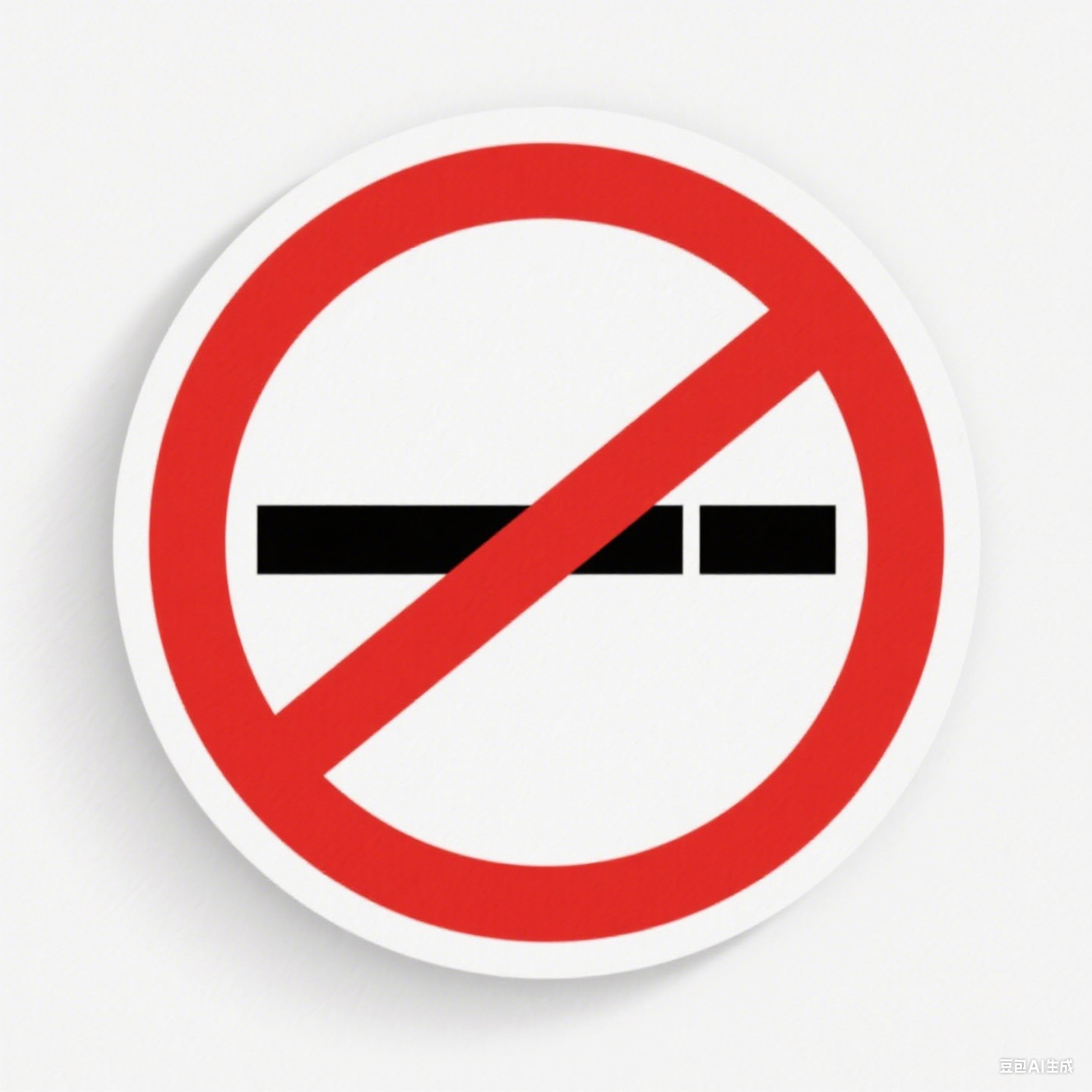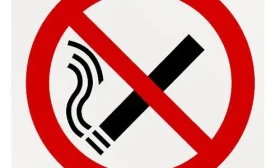If you or someone you care about is dealing with the pain and discomfort of cholecystitis, an inflamed gallbladder, you're likely focused on the prescribed treatment plan. You might be diligently watching your diet, taking medications, and following your doctor's orders, hoping for a swift recovery. But there's one common habit that could be silently undermining all these efforts: smoking. The connection between tobacco use and this specific condition is more significant and damaging than many realize, directly contributing to a longer, more complicated, and often more painful road to healing.
The gallbladder, that small, pear-shaped organ tucked under your liver, has a simple but vital job: it stores bile, a fluid produced by the liver to help digest fats. When this organ becomes inflamed, we call it cholecystitis. This condition often strikes suddenly, causing severe pain in the upper right abdomen, pain that can radiate to your back or shoulder blade. It's frequently accompanied by nausea, vomiting, and a fever. The most common culprit is a gallstone blocking the tube leading out of the gallbladder, causing a buildup of bile and subsequent inflammation. This is a serious medical situation that typically requires hospital care, strong antibiotics for any infection, and sometimes, surgery to remove the gallbladder entirely. The standard treatment cycle aims to control the acute attack, manage symptoms, and prevent future occurrences, ideally resolving within a predictable timeframe. However, this entire timeline can be drastically extended by the chemicals found in tobacco smoke.
To understand how, we need to look at the two primary ways smoking interferes with the body's natural processes: systemic inflammation and impaired healing. Tobacco smoke is a toxic cocktail of thousands of chemicals, many of which are potent irritants. When you inhale smoke, these toxins don't just stay in your lungs; they enter your bloodstream and travel throughout your body. This triggers a state of chronic, low-grade systemic inflammation. Your body is constantly fighting the irritants from the smoke, keeping your immune system in a heightened state of alert. Now, when a new, acute problem like cholecystitis arises, your immune system is already overworked. Instead of focusing all its resources on calming the inflamed gallbladder, it's distracted. This systemic fire in the background makes the local fire in your gallbladder harder to put out. The inflammation becomes more persistent and less responsive to anti-inflammatory medications and antibiotics, which is the first major setback in the treatment journey.
The second critical blow comes from smoking's devastating effect on circulation and tissue repair. Nicotine, the primary addictive substance in tobacco, is a powerful vasoconstrictor. It causes your blood vessels to narrow, reducing blood flow to all parts of your body, including the surgical site if an operation is performed, or the inflamed tissues of the gallbladder itself. Blood is the body's delivery service; it carries oxygen, immune cells, and essential nutrients that are absolutely crucial for healing. When that delivery is slowed to a trickle, the repair process grinds to a halt. Tissues struggle to regenerate, the fight against infection is hampered, and recovery stalls. This double assault—worsening the initial inflammation and then preventing the body from fixing it—is the core reason why the treatment cycle for cholecystitis is prolonged for smokers.
This prolonged cycle manifests in several concrete and challenging ways throughout the treatment process. Let's walk through the typical stages of managing cholecystitis and see how tobacco use creates obstacles at each step.
During the initial acute phase in the hospital, the primary goals are to get the inflammation under control, manage pain, and treat any infection with intravenous antibiotics. For a non-smoker, the body might begin to respond to this care within a day or two. For a smoker, the pre-existing systemic inflammation means the body is less receptive. The fever might take longer to break, the abdominal tenderness may persist, and white blood cell counts—a key indicator of infection—might remain elevated for a more extended period. This means a longer hospital stay, more days on IV antibiotics, and more time away from normal life. Every extra day in the hospital is not just an inconvenience; it increases the risk of hospital-acquired infections and adds significantly to the financial and emotional burden of the illness.
If the treatment plan involves surgery, which it often does, the impact of smoking becomes even more pronounced. A cholecystectomy, the surgical removal of the gallbladder, is one of the most common abdominal surgeries performed. For a healthy individual, it's often a same-day or short-stay procedure with a relatively quick recovery. For a smoker, the risks and recovery times multiply.
Before the operation, anesthesiologists are keenly aware of a patient's smoking status. Smoking damages the lungs and reduces lung capacity. This increases the risk of respiratory complications during and after anesthesia, such as pneumonia. Furthermore, the compromised blood flow caused by nicotine directly translates to a higher risk of complications at the surgical site. The incisions simply won't get the blood supply they need to knit back together efficiently. This dramatically raises the chance of wound infection, dehiscence (where the wound re-opens), and poor scar formation. A simple, clean healing process can turn into a weeks-long battle with a stubborn, infected wound that requires repeated dressing changes and additional antibiotics.
The post-surgical period is where the delay is most acutely felt. Pain might be more intense and last longer due to poor tissue oxygenation. The return to normal activities—like going back to work, lifting groceries, or even enjoying a leisurely walk—can be delayed by weeks or even months compared to a non-smoker. What might be a two-week recovery for one person could easily stretch into a six-week ordeal for a regular smoker. This extended disability affects not only physical health but also mental well-being, leading to frustration, anxiety, and a sense of helplessness.

Even after the immediate crisis has passed and the gallbladder is removed, smoking can cause lingering problems that feel like a continuation of the illness. One common issue after gallbladder surgery is a change in bowel habits, sometimes leading to diarrhea. The digestive system is adjusting to a continuous drip of bile instead of its regulated release. The systemic irritation from smoking can exacerbate these gastrointestinal symptoms, making the adjustment period longer and more uncomfortable. Furthermore, the chronic inflammatory state promoted by smoking can contribute to other digestive issues, creating a backdrop of discomfort that makes it difficult to discern what is a normal post-surgery adjustment and what is a new, smoking-related problem.
Perhaps one of the most compelling reasons to quit is the long-term perspective. Gallstones and cholecystitis can sometimes be part of a broader metabolic syndrome. Smoking is a known disruptor of healthy lipid metabolism—it can lower good cholesterol (HDL) and increase triglycerides, creating an environment that is more conducive to the formation of gallstones in the first place. Therefore, continuing to smoke not only prolongs the recovery from the current episode but also actively increases the risk of developing further gallstone-related problems in the remaining bile ducts or liver, a condition known as postcholecystectomy syndrome.
Given this overwhelming evidence, the most powerful step a patient can take is to stop smoking. The good news is that the body begins to repair itself remarkably quickly after the last cigarette. Within just a few weeks, circulation improves, the chronic inflammatory state begins to subside, and the immune system regains its focus and efficiency. For a patient facing cholecystitis, quitting smoking is not just a vague health recommendation; it is a direct and active part of the treatment protocol. It is as important as taking the prescribed antibiotics or following a low-fat diet.
Discussing smoking cessation with your doctor is crucial. They can provide resources, support, and potentially medications like nicotine replacement therapy (gum, patches, lozenges) or prescription drugs that can manage cravings and withdrawal symptoms. It's important to be open and honest with your healthcare team about your smoking habits so they can tailor your treatment plan accordingly and offer the best possible support for your journey to quit. Joining a support group or seeking counseling can also dramatically increase the chances of success.
Navigating cholecystitis is a challenging experience. The pain is real, the treatment can be invasive, and the recovery demands patience. By understanding the profound link between tobacco use and the extended cholecystitis treatment duration, you are equipped with a powerful piece of knowledge. Choosing to quit smoking is a decisive move to take back control. It's a commitment to giving your body the best possible chance to heal efficiently, to shortening your personal road to recovery, and to preventing future health complications. It transforms you from a passive patient into an active participant in your own healing, turning a prolonged ordeal into a manageable journey back to health.












